

SRI LANKA HOLIDAYS: THE EARLIEST INSCRIPTIONS
Part 1
Since 1883, when Dr. Edward Muller compiled & published for the Ceylon Government the first complete account of the ancient inscriptions then known in the island, much progress in copying others has been made, especially by Mr. H. C. P. Bell of the Ceylon Civil Service, the present Government Archaeologists, whose excellent & systematic work is of the greatest antiquarian value in preserving complete records of the constructive & epigraphical work of the ancient Sinhalese. There were numberless sites in the jungle where inscriptions have been cut that neither the lamented Dr. Paul Goldschmidt, who was the first to completely overcome the difficulties attending their decipherment,(1) nor his successor, Dr. E. Muller, had heard of; & up to the present day many fresh inscriptions continue to be discovered, & doubtless others will be found for many years to come. This is especially the case with those inscribed on rocks lying on the slopes of the less known hills isolated in the depths of the wild jungle, & often at considerable distances from any villages. Even where such sites occur in the immediate neighbourhood of the jungle hamlets it is generally found that little is known of them by the inhabitants, who have no inducement to make a systematic search for ancient remains.
It would be easy to mention many instances of the annoying manner in which comparatively long inscriptions elude observation even when in close proximity to others that are well known. On many rocks one may walk over an inscription without suspecting its presence, until some ray of sunlight illuminating one side of the shallow letters & throwing the other into shadow makes the whole stand out in comparative clearness. This fact indicates one of the difficulties of correctly copying the more worn inscriptions. It is often necessary to have light from two different quarters in order to read them; the morning rays catch one side of some letters, the afternoon rays to display others. It too often happens that the passing archaeologist finds it impossible to devote so much time to the decipherment.
In my own experience an excellent illustration of this difficulty occurred. On two mornings I had examined an inscription ( No. 83) cut on the flat top of a rock at a distance of four miles from my temporary station, & had obtained a satisfactory hand-copy of three lines of it; yet though it was evidently incomplete & I had had considerable practice in copying such letters I failed to see any continuation of it. On paying it a third visit one afternoon I found that the light, falling from a different direction, lit up the whole remaining line in such a manner that it could be copied with ease.
A trained eye is also necessary in order to distinguish slight artificial cuts from the natural markings of weather-worn rocks. On one occasion I pointed out to a friend who had accompanied me a very early shallow inscription about five feet from the ground on a weathered vertical face of a large rock, & proceeded to copy it without difficulty; yet my friend assured me he was unable to distinguish a single word of it. All appeared to him like the natural hollows in the face of the rock.
Dr. E. Miller ascribed the earliest inscription known in Ceylon up tp 1883 to either King Duttha Gamini (161-137 B.C.), or King Wattha-Gamini (88-76B.C.); & stated without giving reasons for his opinion, that the king's title. "beloved of Gods", rather pointed to the latter monarch. (2) The date of the first one known at the present day is certainly the third century B.C., & almost contemporary with these of the celebrated Indian emperor Asoka.
End of Part1
Above is an extract from Ancient Ceylon by H. Parker Year 1909 AES reprint ISBN 81-206-0208-0
Footnotes by H. Parker
(1) Translations of some inscriptions had been made by Professor Rhys Davids before that time.
(2) Ancient Inscriptions in Ceylon, p 25
End of Parker's footnotes
bunpeiris's footnotes
(a) For 'beloved of Gods", third century B.C. & Indian emperor Asoka, please click & refer Mihintale
(b) Ancient Inscriptions in Ceylon Collected & published for the Government by Dr. Edward Muller. London. Trubner & Co. , Ludgate Hill Year 1883.
PLATES & TEXT in two separate volumes AES reprints Yer 1984
Sunday, 25 May 2008
SRI LANKA HOLIDAYS: THE EARLIEST INSCRIPTIONS
Posted by bunpeiris at 19:08
Labels: Sri Lanka Holidays
Subscribe to:
Post Comments (Atom)









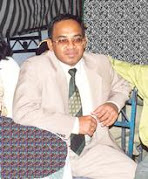













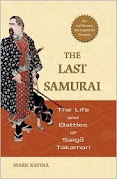


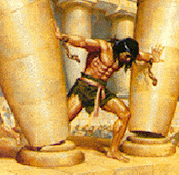







































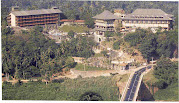








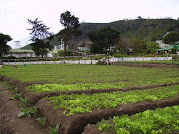














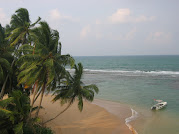












0 Comments:
Post a Comment